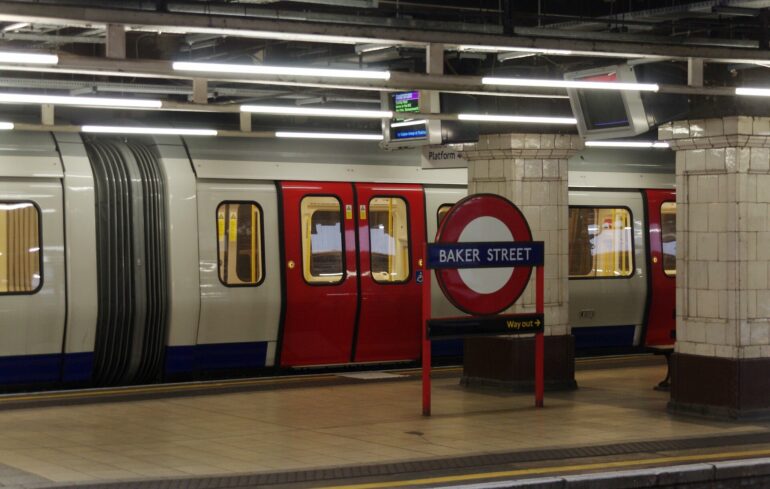By analyzing how leaders have reacted to past crises, a new University at Buffalo School of Management study reveals what the workplace of the future might look like.
Available online ahead of publication in the Journal of Management History, the research suggests that several changes will come to the workplace in the wake of COVID-19, including an accelerated adoption of virtual technologies, altered health behaviors and an increased emphasis on autonomy between employees and their managers.
“Crises can result in permanent changes in our social and work lives, in ways we never could have realized before the crisis,” says Kate Bezrukova, Ph.D., associate professor of organization and human resources in the UB School of Management. “By understanding previous crises, managers and organizations can adapt when faced with similar catastrophes.”
From the nine past crises they studied, here are a few examples of the unexpected—and sometimes beneficial—outcomes:
London Subway Strike (2014)—This two-day disruption for travelers in England resulted in commuters finding more efficient ways to get to work that persist to this day. Eldfell Volcano Eruption (1973)—About 5,000 people on the small Icelandic island of Heimaey were forced to evacuate after a previously unknown fissure in the earth erupted, leading some young people to move to bigger towns and seek new opportunities. Many of them continued on in school and to higher education, which led this group to an 80% increase in lifetime earnings.Flu Pandemic (1918)—According to most historical accounts, it took several years for businesses and society to reach any type of normalcy, and the descendant of that virus still circulates today. There were many parallels between 1918 and the COVID-19 pandemic, and school closing was controversial then, too. But in New York City, schools stayed open, and the city’s health commissioner attributed New York’s relative success with the pandemic to that decision. Leaders rationalized that schools were cleaner, more spacious and more likely to be regularly inspected than the tiny homes many children lived in at the time. Cholera Epidemic (1850)—Physician John Snow challenged the popular theory that cholera was spread through airborne “vapors” (the foul smells from poor sanitation). His discovery that the disease was transmitted through water led to better policymaking and, along with knowledge gained in other epidemics, better development of sanitation systems.Black Death (1346)—Even events with as much mass suffering as the bubonic plague pandemic can have a silver lining for survivors, according to historians. As deaths from the pandemic swept across large areas of Europe, the labor pool shrank drastically, leading to the end of the feudal system and better wages for workers.
The researchers say the outcomes of these crises show how leaders can effect change, and provide hints to what might lie ahead as we emerge from the COVID-19 pandemic.
“Leaders should leverage their personal strengths to bring about change, such as how Ukrainian President Volodymyr Zelensky has used his broadcasting and performing experience in video appeals for external aid and support in defense against the Russian invasion,” says Bezrukova.
“As we inch toward the other side of this pandemic, we have an opportunity to rethink our broken relationship to work,” she says. “In many ways, the pandemic was an inflection point, and what happens next is up to us. We’ve found there are benefits to virtual work, wearing masks and improved ventilation, and ‘pandemic epiphanies’ have led to fundamental reassessments of our place in the working world.”
More information:
Chester Spell et al, What management history can tell us about the postpandemic workplace, and other useful things?, Journal of Management History (2022). DOI: 10.1108/JMH-06-2022-0017
Provided by
University at Buffalo
Citation:
From the London subway strike to the Black Death: What past crises can teach us about the future of work (2022, September 14)


